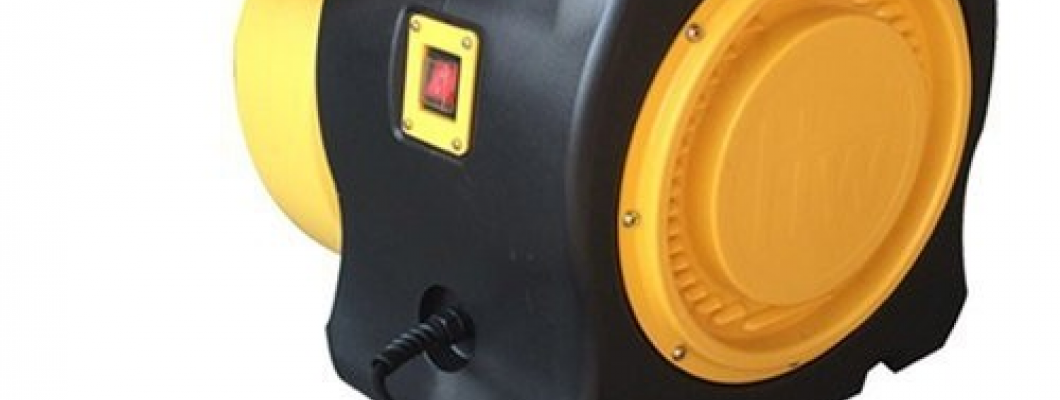
Maintaining and cleaning your inflatable blower is essential to ensure its optimal performance and extend its lifespan. A well-maintained blower not only improves efficiency but also reduces the risk of unexpected malfunctions. In this guide, we'll walk you through the steps of proper maintenance and cleaning to keep your inflatable blower in top shape.
Why Regular Maintenance Is Important
Regular maintenance helps prevent wear and tear, protects the blower's internal components, and ensures consistent performance. Without proper care, dirt and debris can clog the air intake, while motor components can wear out faster, leading to decreased efficiency or even complete failure. Additionally, a poorly maintained blower may overheat or shut down unexpectedly during operation.
Steps for Maintaining an Inflatable Blower
Follow these steps to keep your inflatable blower running efficiently:
- Inspect the blower before each use: Before operating the blower, check for any visible damage, loose parts, or debris around the air intake and outlet.
- Keep the blower dry: Moisture can cause damage to the blower motor or electrical components. Always store the blower in a dry, sheltered location, and avoid using it in wet conditions.
- Check the power cord: Inspect the power cord regularly for any signs of wear or damage. Replace the cord immediately if you notice fraying or exposed wires to prevent electrical hazards.
- Tighten screws and bolts: Vibrations during operation can loosen screws and bolts over time. Periodically check and tighten any loose components.
- Lubricate moving parts: Some inflatable blowers have moving parts such as fans or bearings that may require lubrication. Refer to the manufacturer’s instructions to determine whether lubrication is necessary and how to apply it.
How to Clean an Inflatable Blower
Cleaning your blower regularly is crucial to prevent dirt and debris from clogging the air intake and reducing performance. Here's how to clean it properly:
- Turn off and unplug the blower: Always ensure that the blower is disconnected from the power source before cleaning to prevent electrical accidents.
- Remove dirt and debris from the exterior: Use a dry cloth or a soft brush to wipe down the exterior of the blower, removing any dust or dirt. Avoid using water or any cleaning solutions on the outside of the motor area.
- Clean the air intake and filter: The air intake can easily get clogged with dirt, leaves, and debris. Use a vacuum cleaner or a soft brush to clear away any buildup from the intake vents. If the blower has a removable air filter, take it out and clean it according to the manufacturer’s instructions.
- Inspect the fan blades: If you can safely access the fan blades, check them for dust or debris buildup. Gently clean the blades with a soft cloth or brush. Avoid bending or damaging the blades while cleaning.
- Clean the power cord: Wipe the power cord with a damp cloth to remove any dirt. Ensure that the cord is fully dry before plugging it back in.
Additional Tips for Prolonging Blower Lifespan
Beyond cleaning and basic maintenance, consider these tips to further prolong the life of your inflatable blower:
- Store it properly: When not in use, store the blower in a cool, dry location to prevent exposure to moisture, extreme heat, or pests.
- Use a surge protector: Power surges can damage the motor or electrical components. Using a surge protector will help protect the blower from power spikes.
- Avoid overloading: Make sure the blower is appropriate for the size of the inflatable you are using. Using a blower that is too small for the structure may cause it to overheat and wear out faster.
- Regular servicing: If your blower is used frequently or in commercial settings, consider having it professionally serviced at regular intervals to check for internal issues or wear.
Conclusion
Maintaining and cleaning your inflatable blower regularly is essential to ensure its longevity and reliable performance. By following the steps outlined in this guide, you can keep your blower in good working order, prevent unnecessary damage, and avoid costly repairs or replacements. With proper care, your inflatable blower will continue to perform efficiently for many years.




Leave a Comment